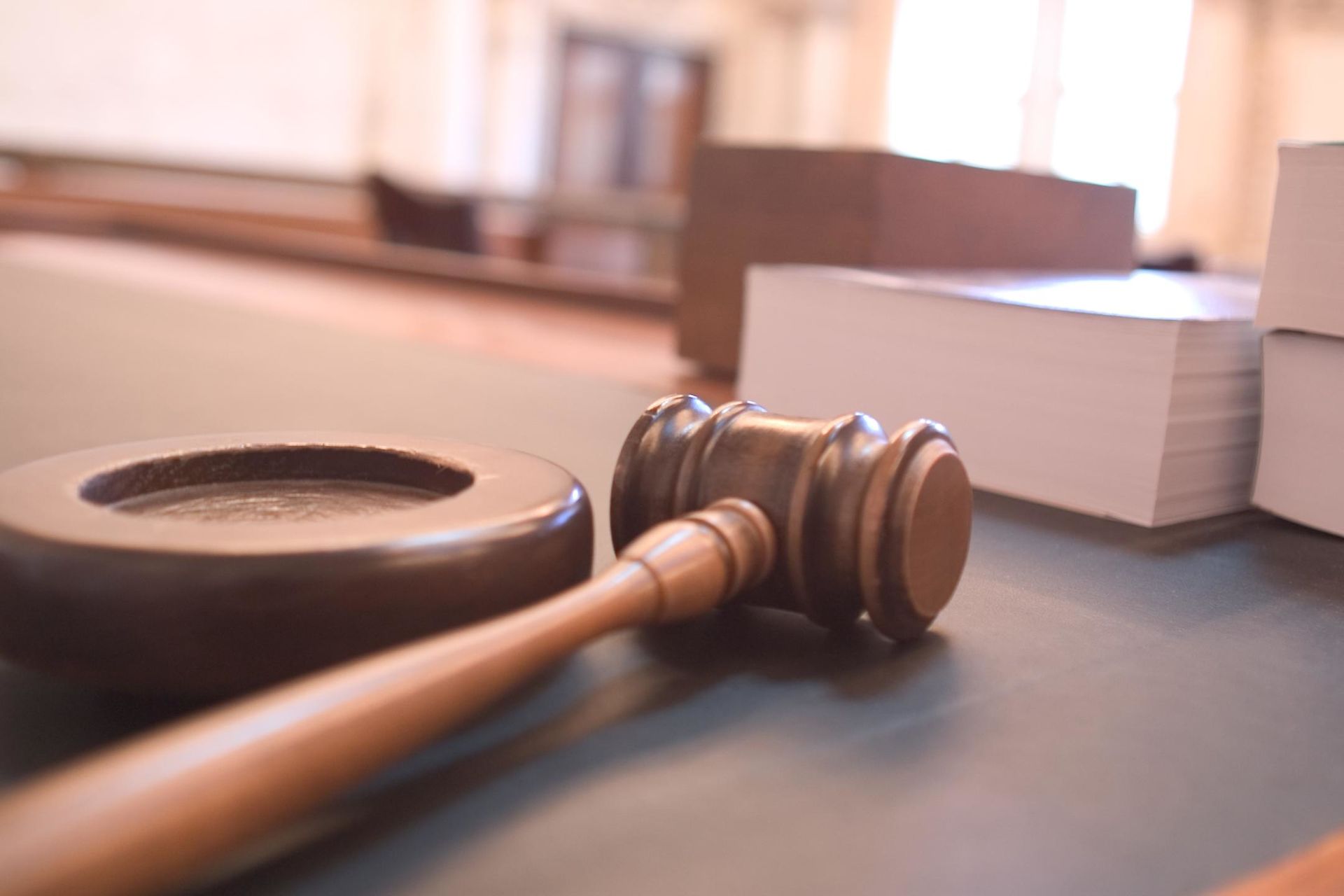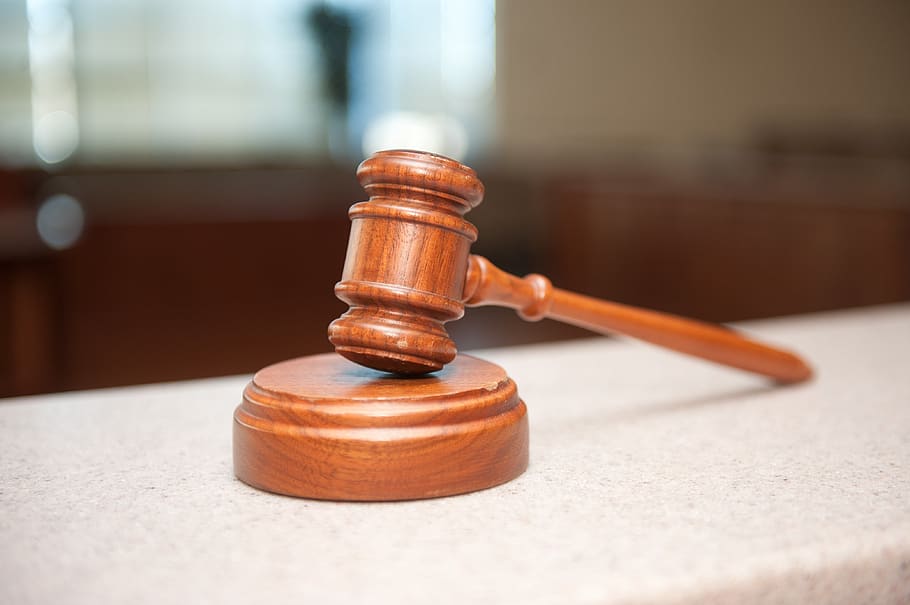Author: Myj Saintyl
-
Tracker: Article III federal judicial nominations by president by days in office since 2001

There were 50 vacancies out of 890 authorized federal judicial posts as of June 16, 2025. Forty-nine of those were for Article III judgeships. This report is limited to Article III courts, where appointees are confirmed to lifetime judgeships. In the past month: By June 16, 2025—148 days in office—President Donald Trump (R) had nominated…
-
Tracker: Article III federal judicial nominations by president by days in office since 2001

There were 47 vacancies in the 890 authorized federal judicial posts as of May 16, 2025. Forty-six of those vacancies were for Article III judgeships. This report is limited to Article III courts, where appointees are confirmed to lifetime judgeships. By May 16, 2025—117 days in office—President Donald Trump (R) had nominated five judges to…
-
Trump announces first judicial nominees

President Donald Trump (R) on May 1, 2025, announced that he would nominate Whitney Hermandorfer for the U.S. Court of Appeals for the Sixth Circuit. This marks his first federal judicial nomination since taking office on January 20, 2025. During his first term, Trump issued his first nomination 11 days after he took office: Justice…
-
Tracker: Article III federal judicial nominations by president by days in office since 2001

There were 43 vacancies out of 890 authorized federal judicial posts as of February 25, 2025. All of the vacancies were for Article III judgeships. This report is limited to Article III courts, where appointees are confirmed to lifetime judgeships. By February 25, 2025, 36 days in office for his second term, President Donald Trump…
-
Article III federal judicial nominations by president by days in office since 2001

There were 45 vacancies out of 890 authorized federal judicial posts as of October 31, 2024. All of those vacancies were for Article III judgeships. This report is limited to Article III courts, where appointees are confirmed to lifetime judgeships. From September 24 to October 31, 2024: By October 31—1,381 days in office—President Joe Biden…
-
Tracker: Article III federal judicial nominations by president by days in office since 2001

There were 44 vacancies out of 890 authorized federal judicial posts as of September 18, 2024. All 44 of those were for Article III judgeships. This report is limited to Article III courts, where appointees are confirmed to lifetime judgeships. From August 1 to September 18, 2024: By September 18, 2024—1,338 days in office—President Joe…
-
Tracker: Article III federal judicial nominations by president by days in office since 2001

There were 46 vacancies out of 890 authorized federal judicial posts as of August 2, 2024. All 46 vacancies were for Article III judgeships, where appointees are confirmed to lifetime terms. From June 27, 2024, through August 1, 2024: By August 1, 2024—1,290 days in office—President Joe Biden (D) had nominated 247 judges to Article…
-
June Tracker: Article III federal judicial nominations by president by days in office since 2001

There were 890 authorized federal judicial posts and 46 vacancies through June 27, 2024. Forty-five of those were for Article III judgeships. This report is limited to Article III courts, where appointees are confirmed to lifetime judgeships. From June 1, 2024, through June 27, 2024: By June 27, 2024—1,255 days in office—President Joe Biden (D)…
-
Tracker: Article III federal judicial nominations by president by days in office since 2001

There were 45 vacancies out of 890 authorized federal judicial posts as of May 31, 2024. Forty-four of those vacancies were for Article III judgeships. This report is limited to Article III courts, where appointees are confirmed to lifetime judgeships. From April 30 through May 31: By May 31, 2024—1,228 days in office—President Joe Biden…

